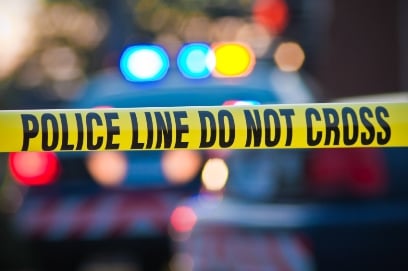

As darkness fell on Monday night, survivors gathered at the site of the Route 91 Harvest Festival in Las Vegas, forming a human chain to honor the 58 people killed in one of America’s most deadly mass shootings in modern history. The marquee lights of the iconic Las Vegas strip were switched off at 10:01pm to mark exactly one year after gunman Stephen Paddock opened fire on a crowd of 22,000 concertgoers from a hotel room in the Mandalay Bay Resort and Casino.
Unfortunately, the tragic incident is a sign of the times we live in, with shootings occurring almost daily in the US. The Gun Violence Archive (GVA) defines a mass shooting event as an incident that includes four or more victims. As of September 22 this year, the GVA reported 263 mass shootings. The numbers continue to rise, prompting greater public awareness and much more interest in active shooter and workplace violence risks.
“The interest in our active shooter / workplace violence insurance program is ever-increasing. We’re seeing 200 risks and placing about 50 policies every month. That’s a significantly different story to this time last year,” said Paul Marshall, managing director at McGowan Program Administrators. “We’re now seeing shooting events happening every day and public awareness is the highest it has ever been.”
According to Marshall, two things occurred in the past year that really changed the active shooter insurance landscape. The Las Vegas shooting triggered a huge victim response fund, with $31 million being paid out to victims within 90 days, based around how many days they were hospitalized. From an insurance perspective, that speed is “unheard of,” Marshall commented, as such events normally roll into a lengthy lawsuit.
“Then we had the Parkland shooting in Florida. The Educational Foundation quickly collected more than $8 million for victims and set up a committee to decide on how to disburse these funds. And then for the first time ever, the Florida legislate announced they would pay for everyone’s funerals, which again is unheard of,” Marshall told Insurance Business. “These two items tell us what the public wants. Public demands around duty of care are shifting.”
In the US, several sources of law obligate an employer to a duty of care for the safety, health and security of employees, in particular the Occupational Safety and Health Administration Act of 1970.
The duty of care requires protection against workplace violence hazards and employers can be held liable for negligence if employees receive “reasonably foreseeable” injuries.
“The US public is now demanding more out of the duty of care principal, regardless of liability,” Marshall commented. “A lot of prospective clients are now coming to us, citing victim coverages as their number one priority. They understand that it might take away from their business income protection and their liability, but it’s something they want to commit to for the US public.”
